RAD Regional Sleeveband (Saar version)
CATEGORY: Version
SKU: 80.GOR.03.02.03.02.002.001
Estimated market value:
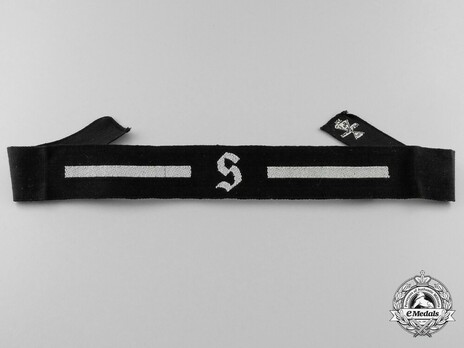
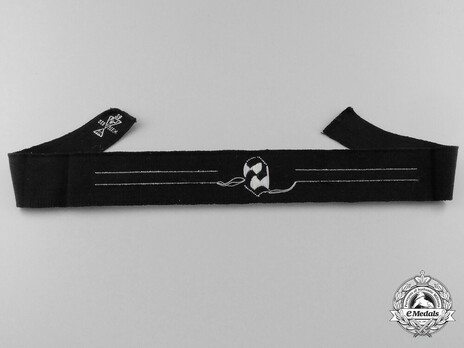
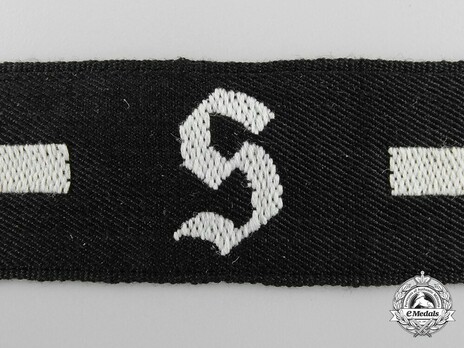
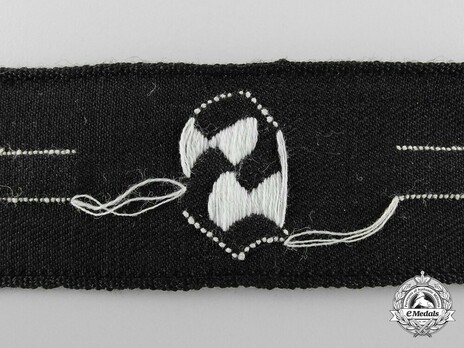
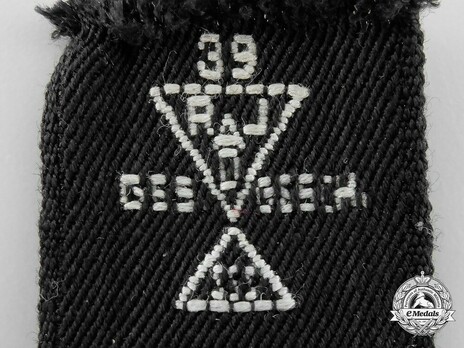
Estimated market value:
White embroidery on a black cotton/rayon base, marked with the RAJD insignia, marked "GES. GESCH" (Gesetzlich Geschützt) and marked "39" (1939), 25 mm x 363 mm, extremely fine.
The RAD (Reichsarbeitsdienst = Reich Labour Service) was officially established on June 26, 1935 as the sole, and compulsory, labour service of Germany. Its purposes were to help the economy, curb unemployment, and indoctrinate its members with the NSDAP ideology, as well as play its part in militarising the German population.
The FAD (Freiwilliger Arbeitsdienst = Voluntary Labour Service) was the precursor of the RAD in the early 1930s. Official uniform regulations were first introduced on October 1, 1933, with modifications made in July 1934. It is also known as NSAD (Nationalsozialistischer Arbeitsdienst = National Socialist Labour Service).
The earliest uniforms were a not entirely successful attempt at standardisation. They gave way to a second wave of FAD uniforms that, when the RAD was established, experienced no significant changes.
Regional sleevebands were worn on the lower left sleeve of the service tunic and greatcoat. They were first introduced on January 4, 1939 and discontinued on April 29, 1941. Their purpose is not entirely clear, however, speculations point towards them being worn by workers on defensive building projects, like the Siegfried Line.
The sleevebands are black with a Gothic letter, framed by a gold-coloured bar for General ranks, a silver-coloured bar for Officer ranks, or a white bar for NCO/EM (Non-Commissioned Officer/Enlisted Men) ranks. Known letters are W (Westwall), M, N, O, P, H, R (Rhein), S (Saar), and T (Trier).

Comments
Sign in to comment and reply.


Scroll Top